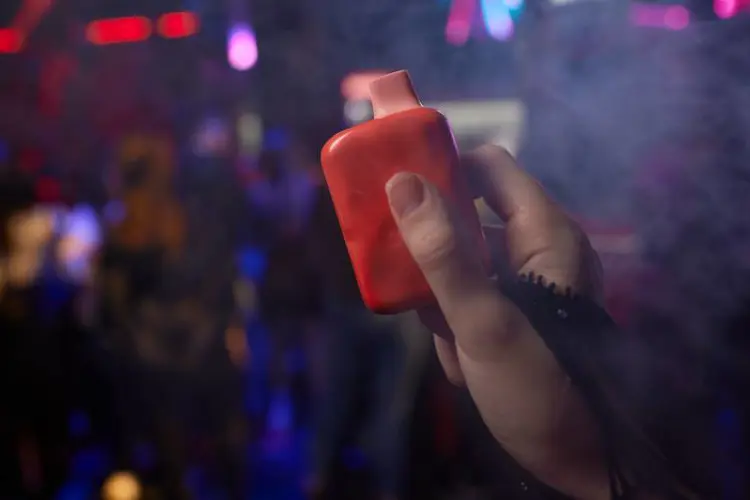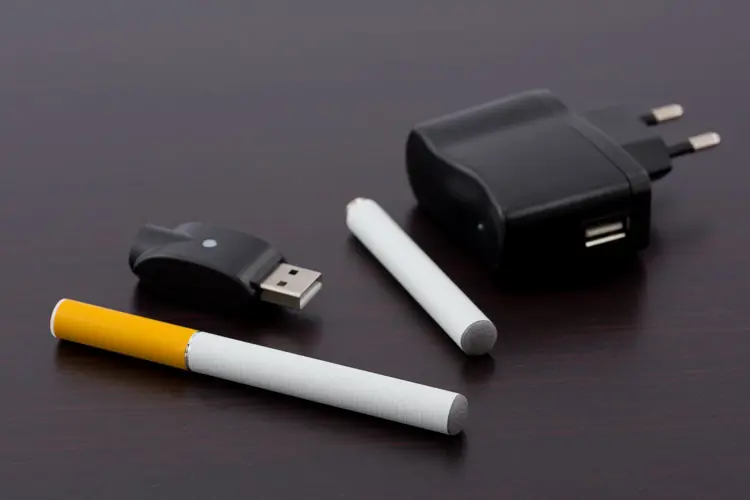An agency in the Dutch health ministry is proposing to standardize vapes in both function and appearance, claiming that reducing the products’ attractiveness and ease of use will help eliminate youth use. The plan is laid out in a document published in April by the National Institute for Public Health and the Environment (RIVM).
Titled “Options to reduce e-cigarette appeal by regulating the appearance and functionality,” the document explains that the wide variety of available vape products “enables manufacturers to target various consumer groups, based on their needs, experience and personal preferences,” and allows manufacturers to “keep developing new designs to appeal to new generations of users.”
The features that “contribute to attractiveness,” according to RIVM, include “discreetness, aesthetics, technological features, convenience and ease of use, modifiability. and nicotine delivery.” Additionally, products “can be manipulated to be used for alternative use practices such as cloud chasing and dripping.” Both practices, RIVM says, “seem common among U.S. adolescents and young adults.”
RIVM thinks people won’t vape ugly e-cigarettes
All of these bothersome consumer choices that encourage helpless children to use nicotine could be eliminated, says RIVM, by mandating a standardized design.
“There are multiple approaches to standardize the design of e-cigarette devices,” the agency notes, “and more research is needed to determine which set of device characteristics maximally reduces e-cigarette appeal to youth.
“One option could be to adopt a simplified design that lacks any fancy aesthetic features and has no modifiable features or adjustable settings. The appearance would be similar to the first generation cig-a-like e-cigarettes. Such devices may be less appealing to nicotine-naïve young people, but could still be suitable and appealing to smokers who wish to switch to e-cigarettes.”
The “simplified standardized design” would also meet Dutch requirements for the appearance of combustible cigarettes, including “standard dimensions, unprinted white paper and a white or imitation cork tip.”
RIVM suggests that regulators “may also consider going one step further in reducing the appeal of both tobacco cigarettes and e-cigarette devices, by giving them a dark colour and/or printed health warnings.” Readers will remember how the JUUL's dark color limited its appeal.
Will “colourful device covering sleeves” trip up the master plan?
The standardized vape plan, says RIVM, aligns with advice from the World Health Organization (WHO), which “recommends prohibiting attractive and/or promotional features, such as colours, regulating features that enable the user to manipulate the product, and limiting the influence of power on nicotine and toxicant delivery.”
Neither RIVM nor the WHO consider that vape consumers may simply ignore the government-approved products and buy the ones they want from black market sources—as has happened in every place that has banned flavors or restricted other product features.
While RIVM warns that manufacturers might “find ways to circumvent restrictions of design features, for example by marketing and use of colourful device covering sleeves,” the agency doesn’t even acknowledge the possibility that a large illicit market will quickly pop up, allowing unlicensed dealers to supply demand for vapes that work.
RIVM is the same agency that produced a list of allowed e-liquid ingredients that included known carcinogens andforced the government to postpone its planned flavor ban for a year.
The Freemax REXA PRO and REXA SMART are highly advanced pod vapes, offering seemingly endless features, beautiful touchscreens, and new DUOMAX pods.
The OXVA XLIM Pro 2 DNA is powered by a custom-made Evolv DNA chipset, offering a Replay function and dry hit protection. Read our review to find out more.
The SKE Bar is a 2 mL replaceable pod vape with a 500 mAh battery, a 1.2-ohm mesh coil, and 35 flavors to choose from in 2% nicotine.
Because of declining cigarette sales, state governments in the U.S. and countries around the world are looking to vapor products as a new source of tax revenue.
The legal age to buy e-cigarettes and other vaping products varies around the world. The United States recently changed the legal minimum sales age to 21.
A list of vaping product flavor bans and online sales bans in the United States, and sales and possession bans in other countries.
















